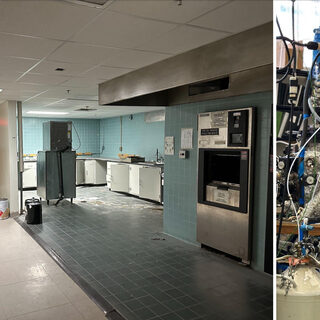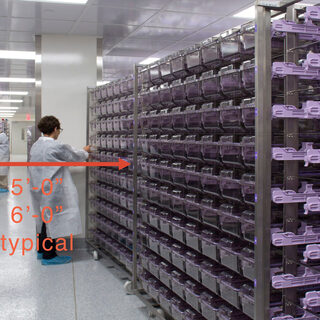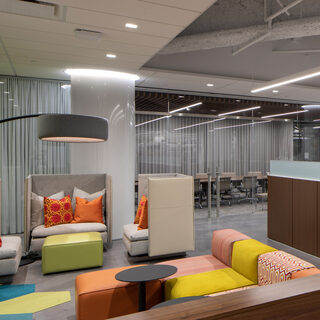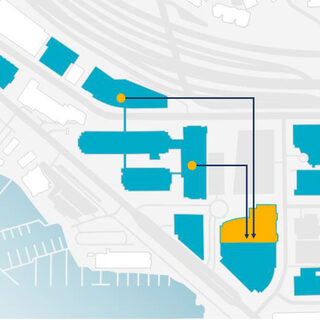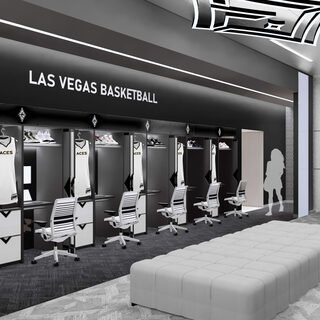Tradeline's industry reports are a must-read resource for those involved in facilities planning and management. Reports include management case studies, current and in-depth project profiles, and editorials on the latest facilities management issues.
Latest Reports
Transforming Classrooms, Labs, and Project Spaces into Vibrant, Future-Proofed Environments
Science and engineering are constantly moving knowledge forward, and that means updates to the way we teach and do research. But buildings tend to remain artifacts of the time in which they were built. The future is flexible, and agile design with an inclusive approach can help turn old buildings into places where the next wave of scientists and engineers can flourish.
Animal Laboratory Design has Advanced. Has Your Lab?
State-of-the-art labs are more efficient, cheaper, and more pleasant for the animals housed there than older designs. Despite all these advantages, most labs are decades out of date, say laboratory architect Jeff Zynda of Perkins&Will and laboratory veterinary consultant John J. Hasenau. The longtime collaborators point out that outdated labs are missing out on a broad range of improvements—from more efficient HVAC systems to a deeper understanding of light spectrums to better cage design—that are more comfortable for the animals, more useful for the scientists, and less expensive to operate.
Incorporating Advanced Labs into Urban Commercial Buildings
Designing and building labs in the unlikely and constrained location of the prestigious Pacific Design Center (PDC) with Hollywood as a backdrop is a daunting task, requiring adherence to quality expectations, facilities management guidelines in a non-research environment, separation from existing high-end tenants, and compliance with infrastructure requirements. Cedars-Sinai, one of the largest nonprofit medical centers in the U.S., accepted the challenge after deciding to expand its research portfolio. Growing beyond its limited campus is necessary to accommodate the rapid growth of its research facilities and to aid in recruiting top scientists by providing innovative facilities with optimum resources. Hospital officials looked a half mile from their campus to the PDC, a designated cultural resource building complex designed by Cesar Pelli in the 1970s. Known in the 1980s and 1990s as a vibrant hub of premier art, design, and architectural showrooms, many of the tenants now have online shops rather than physical space in the cluster of buildings, leaving vacancies available for lease and an opportunity for Cedars-Sinai’s growth.
Fred Hutch Cancer Center’s Space Realignment Sheds 30,000 sf, Saves Roughly $4 Million
In the span of 16 months, Seattle’s Fred Hutch Cancer Center formulated and implemented a space realignment initiative that divested 30,000 sf of leased space, generated $2 million in savings and another $2 million in cost avoidance, and impacted approximately 1,400 people, 20% of its 7,000-member workforce.
Athletic Facilities Designed to Accommodate Women at All Levels
One of the biggest sea changes in both professional and collegiate athletics is the increased participation of women at all levels—as team owners, athletes, coaches, officials, and staff. Coverage of women’s basketball and women’s soccer, which eclipsed men’s soccer for a time, seems to dominate the sports news cycle, and viewership is expected to keep rising in 2025. The Professional Women’s Hockey League played its first game in January 2024, and the world’s first stadium built solely for a professional women’s sports team opened in March 2024. January 2025 saw the inauguration of a new 3x3 women’s professional basketball league, called Unrivaled, based in Miami. Revenue from women’s sports nearly doubled in 2024, to $1.88 billion globally, and is projected to reach $2.35 billion in 2025. More than half of that revenue came from North America, and investors are taking note.

